Manual-wind, automatic and quartz
When looking to buy a new watch, there are many different considerations to take into account, not least of which is the different type of movement, or calibre, within the watch. This movement is ultimately the heart of the watch and is – quite literally – what makes it tick. There are three main types of movement, which are quartz, automatic and manual-wind watches. In this article, we will explain what the key characteristics are of each of these different movement types and the differences between them.
Whilst there are three overarching types of movement (we will look at some other hybrids later, too) these broadly fall into only two categories: quartz and mechanical. In the mechanical category we find both automatic and manual-wind watches. We will start by looking at mechanical watches, as these were the only types available up until the first quartz wristwatches appeared in the late 1960s and into the 1970s.
All mechanical watches work following a similar principle – simply put, a barrel containing a tightly wound spring is slowly allowed to unwind, and the movement uses this release of energy to turn a series of cogs and gear trains which ultimately make the hands on the dial move. This release of energy is regulated by the escapement, ensuring a constant rate of energy release and the accuracy of the timekeeping.
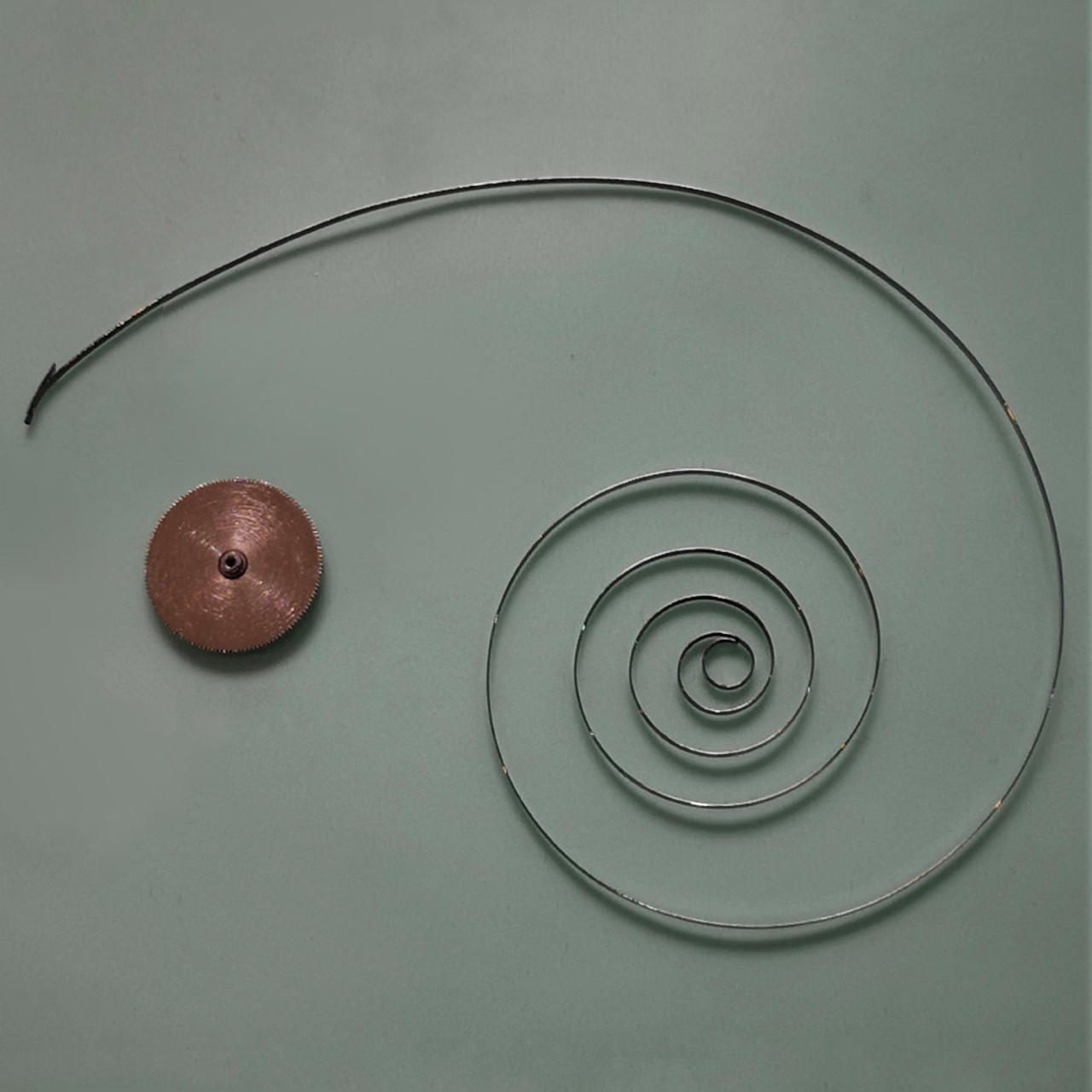
Mainspring and barrel of a mechanical watch
This same spring is generally used to drive pieces with multiple complications, although some modern pieces have multiple barrels, and therefore multiple springs, which are sometimes used to separately drive different functions of the watch.
The first pocket watches and clocks made were done so with mechanical, manual-wind movements. ‘Manual-wind’ here refers to the process by which the spring in the barrel is wound tight – the source of energy that makes the watch work. In early pocket watches this was completed by using a special key, although this eventually transitioned to being via the crown which is the method most common in mechanical manual-wind watches today.
There are some exceptions to this crown-base winding, such as the Hublot MP-05 LaFerrari; the movement offers a 50-day power reserve and such is the torque required to wind the movement that you are provided a tool resembling a small drill to use!
A natural evolution of the mechanical manual-wind watch, the automatic movement includes an innovation which supersedes the need to manually wind the spring on a regular basis to keep the watch running. This was invented in 1780 by Abraham-Louis Breguet, who incorporated an oscillating weight in his perpétuelle pocket watches that moved with the pocket watch itself, and subsequently wound the spring. Today we commonly find rotors in automatic movements, which are now available in different styles and aesthetics including peripheral and even micro-rotors.
Automatic movements also include a mechanism to ensure that springs are not overly wound to the point of damaging the movement, and as such can often be manually wound via the crown, too, although this varies from movement to movement and so it is always advisable to check first.
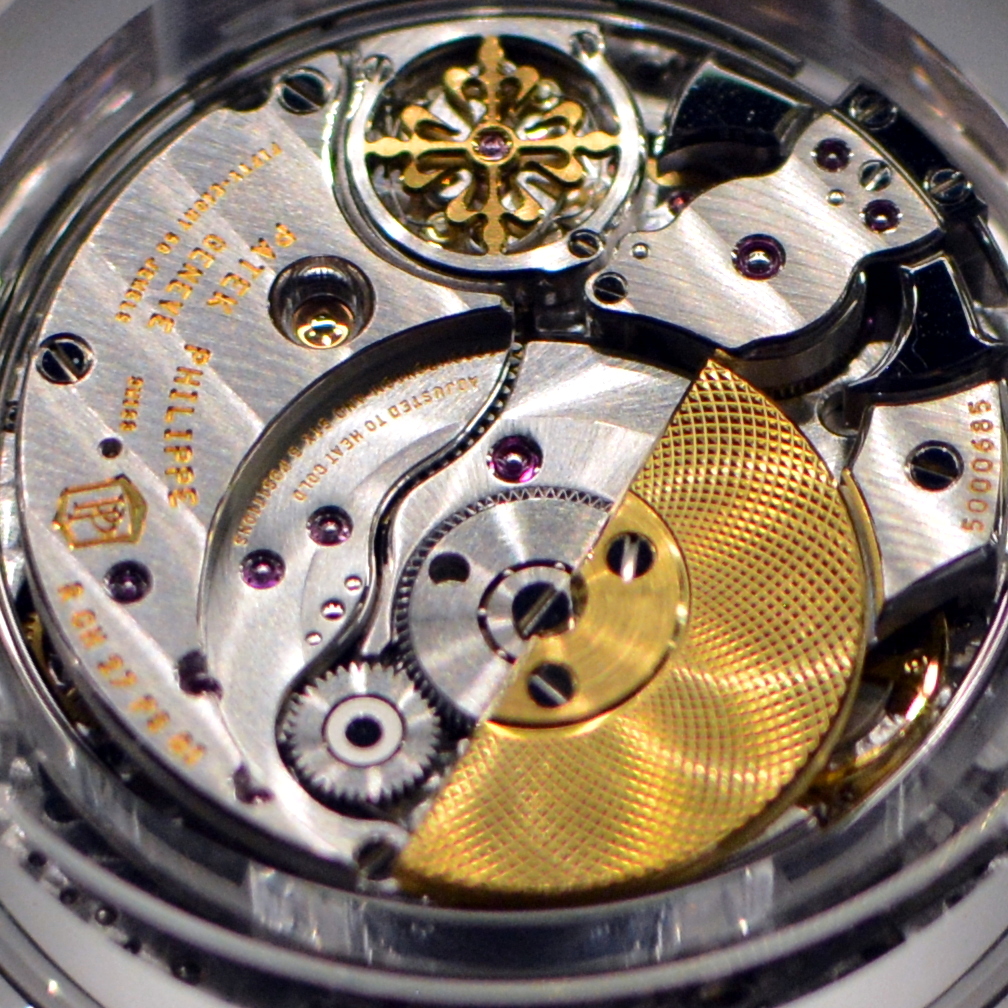
Patek Philippe micro-rotor in gold

Breguet Classique with peripheral rotor, seen here on the right-hand edge
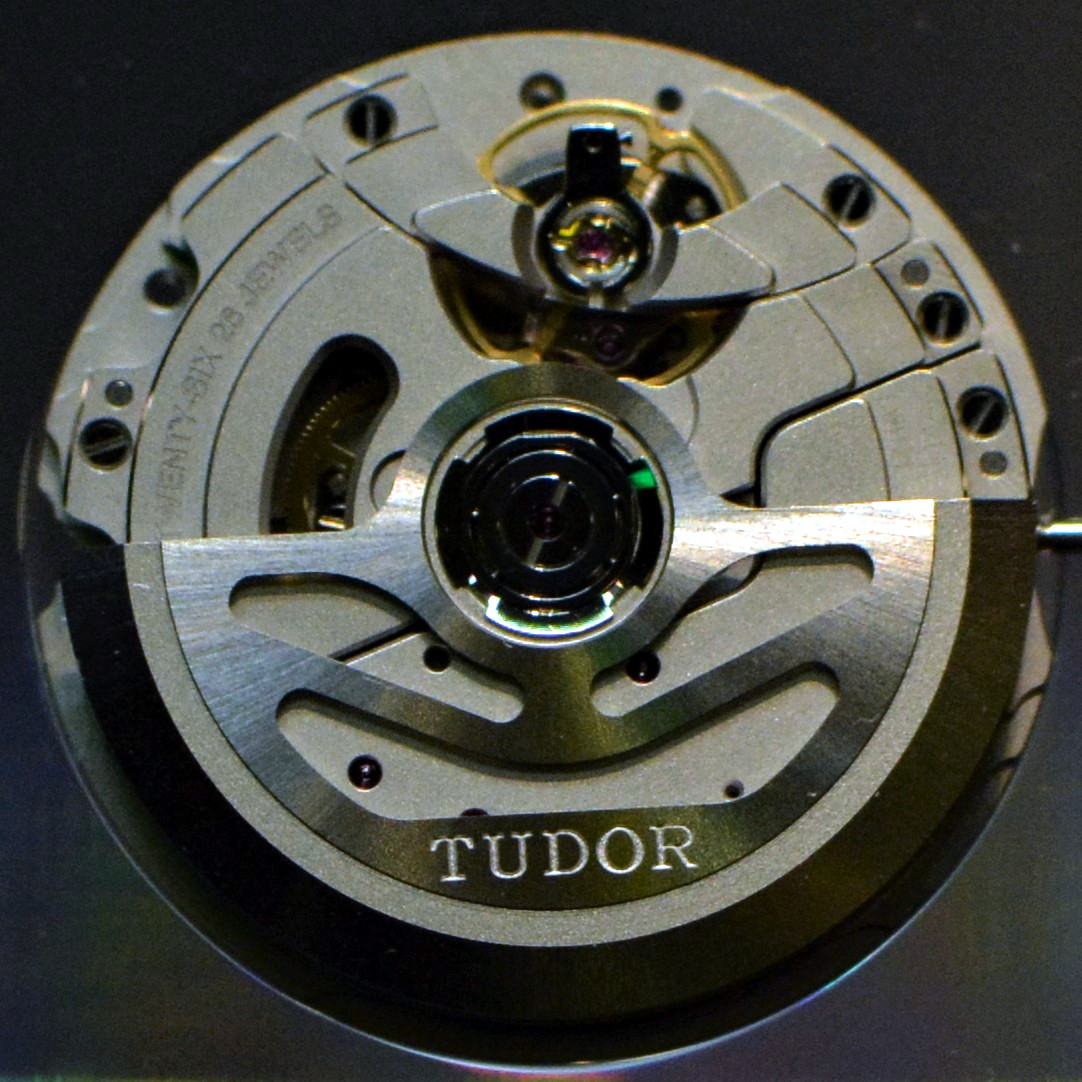
Tudor movement with rotor
Mechanical movements are the heart and soul of horology, and part of the beauty is that when cared for properly, they have extraordinary longevity owing to the quality of the work that goes into creating them and ensuring that they are indeed accurate. In my opinion mechanical watchmaking is perhaps the most perfect blend of tradition, precision engineering, and art. Often, mechanical watches are adorned with a clear or sapphire caseback window, known as an exhibition caseback, through which you can admire the movements and appreciate them to their fullest.
On the dial, they can be recognised by the movement of the seconds hand if present, which will move in a ‘sweep’ motion rather than a ‘tick’ (that being said, there is a mechanical dead-beat or true seconds complication which does convert this motion into a ‘tick’).
With many hundreds of components making up a mechanical watch movement, it is of course important to look after it properly – you can read more about this here. This servicing can be expensive, however it is an important part of maintaining the watch that should not be ignored.
Of course, the development and complexity of mechanical movements means they can come at a price. You can find accessible mechanical watches for a few hundred pounds, and also mechanical watches that are many thousands, if not hundreds of thousands of pounds – the key differentiators being materials, precision and hand-finishing. One manufacturer that is famed for their movements is A. Lange & Söhne, who hand make and hand finish every single component, regardless of the complexity of a timepiece, and assemble each movement – by hand – twice for each timepiece.
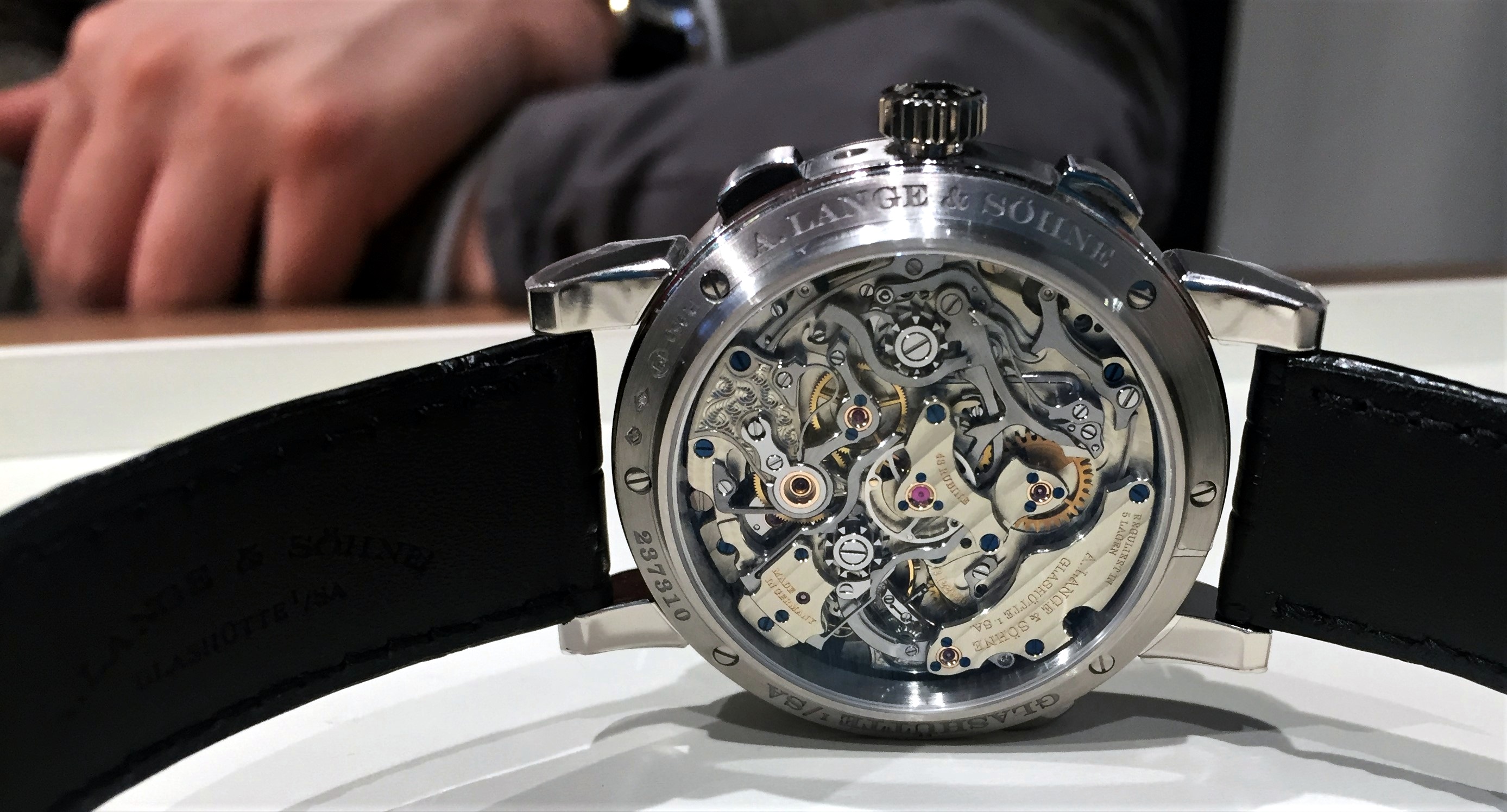
A. Lange & Söhne manual wind movement
The first quartz wristwatch was the Astron, released by Seiko on 25th December 1969. Quartz technology uses a battery to send an electrical current through a piece of quartz crystal, which in turn resonates at a specific frequency of 32,768 times per second. This precise frequency is converted into a single pulse every second, which advances the hands on the dial.
These movements are cheaper to produce, more reliable with fewer moving components, and far more accurate given they are driven electronically. Indeed, the introduction of quartz movements with these characteristics led to what is known today as the quartz crisis from the late 1970s through to the late 1980s/early 1990s, where mechanical watchmaking suffered horrendously, as watch sales shifted predominantly to quartz pieces.
Quartz movements are still popular today – they are often used for accessible watches and fashion brands, although there are also luxury brands which offer more expensive, high precision quartz calibres from Grand Seiko through to even Patek Philippe.
There are some other types of movement which don’t necessarily fit neatly into one of the three categories of quartz, automatic or manual-wind movements. The most well-known examples of this are Grand Seiko’s Spring Drive movement, and F.P. Journe’s electro-mechanical Élégante.
The Spring Drive movement is a true hybrid; it is mechanically powered by a mainspring which is used to drive the timepiece, simultaneously using this energy to generate electrical power, which powers an electronic regulator to ensure a consistent rate of energy release. Where upon close inspection of a ‘sweeping’ mechanical second hand you can detect tiny incremental ‘ticks’, a Spring Drive movement presents a near-perfect ‘sweep’. As a result, it does not truly fit into the ‘mechanical’ or ‘quartz’ categories, instead bringing the best of both together into its own hybrid category.
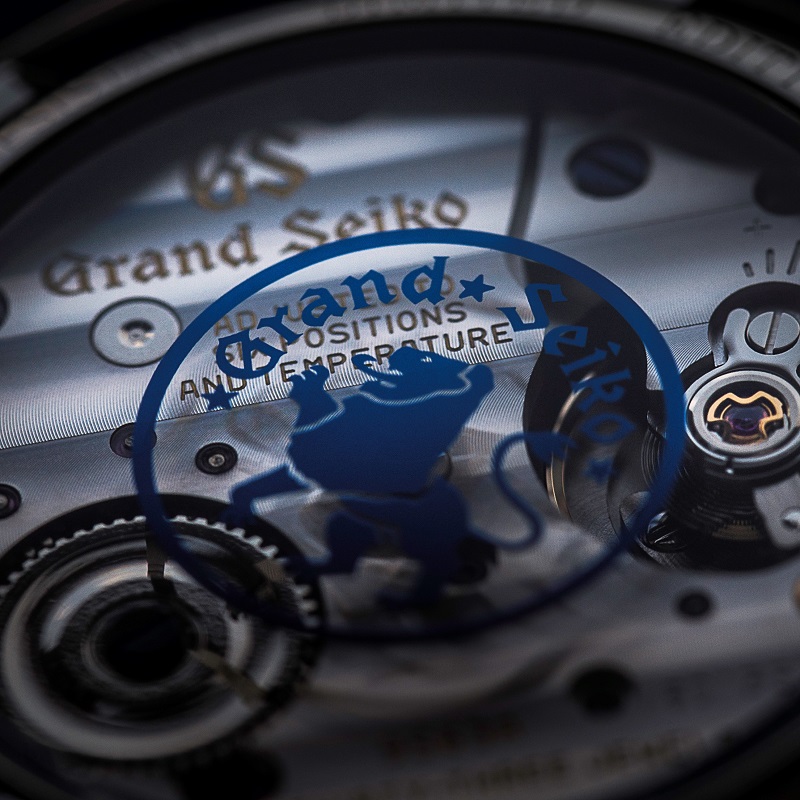
Grand Seiko Spring Drive movement
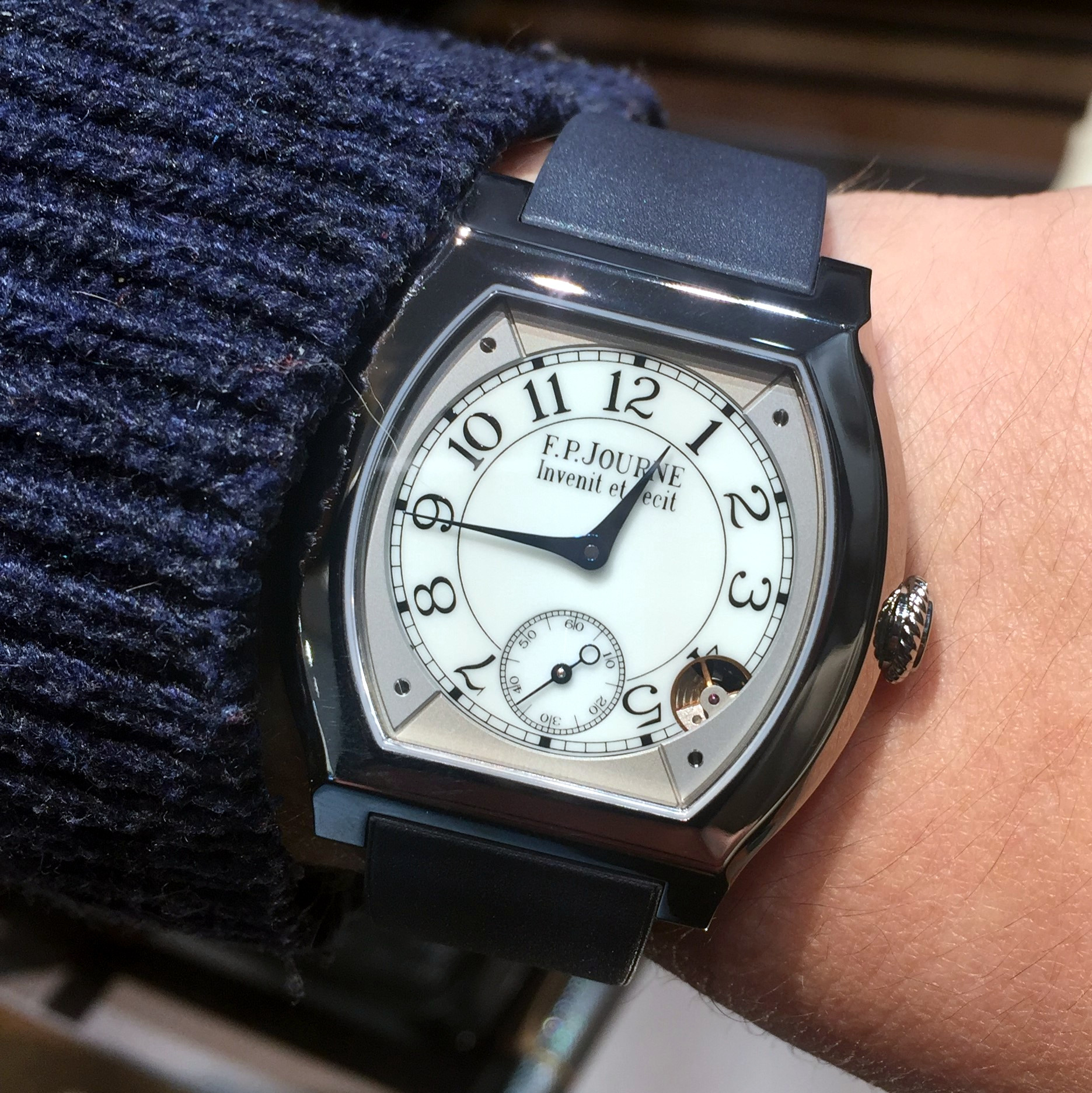
F.P. Journe Élégante, with aperture at 4 o'clock
F.P. Journe’s electro-mechanical Élégante also uses a quartz-powered calibre, however there is a small motion detector visible through an aperture at 4 o’clock which, if no motion is detected for 30 minutes, stops the hands from moving to preserve power. The time is maintained by the electronic circuitry, and when the motion detector identifies that the watch has moved, the hands are automatically reset to the correct time. The impact that this has on battery life is that with daily use, a battery is expected to last for up to 8 years, and with sporadic infrequent use, up to 18 years.
The electro-mechanical movement is visible through a sapphire caseback, with a small heart placed over the micro-processor within the movement.
In summary
There are multiple types of movement available when considering a new watch, each with their own specific advantages and drawbacks. Before making any purchase, you should make sure that you understand the implications of the type of movement in the timepiece you are planning to buy. We have put together this handy infographic to highlight the differences between the main three types of movement:
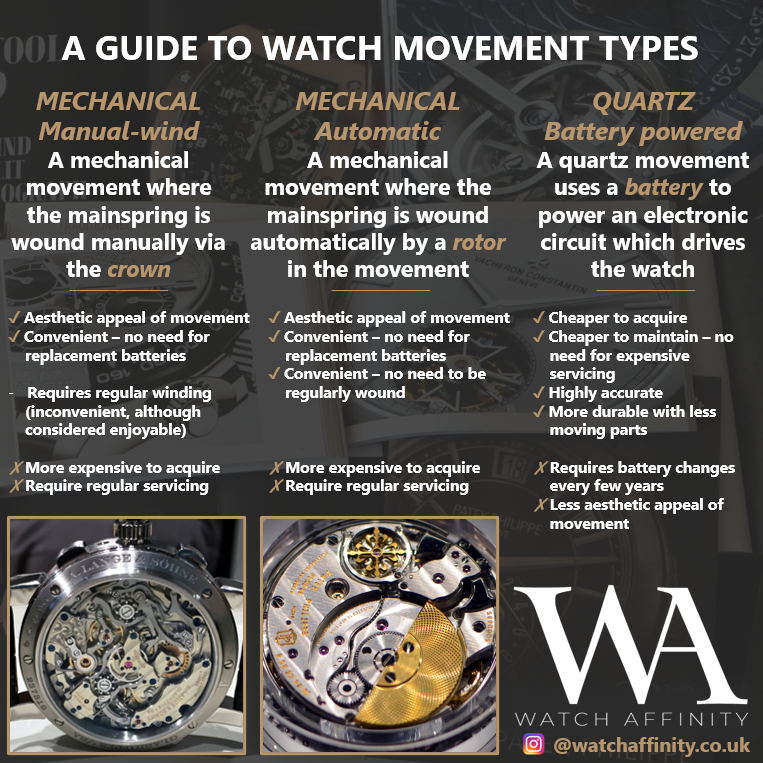
Watch Movement Types Explained
Hopefully you have found this article useful in explaining what the different types of watch movements are and learned a little about each to help make a more informed decision.
If you’re more interested in the watchmaking aspect, Dr George Daniels’ book ‘Watchmaking’ (affiliate link) is highly recommended!
If you have any questions, please get in touch via our Contact page, or via our Instagram.
You might also be interested in:
As an Amazon Associate, I earn from qualifying purchases – thank you for your support

